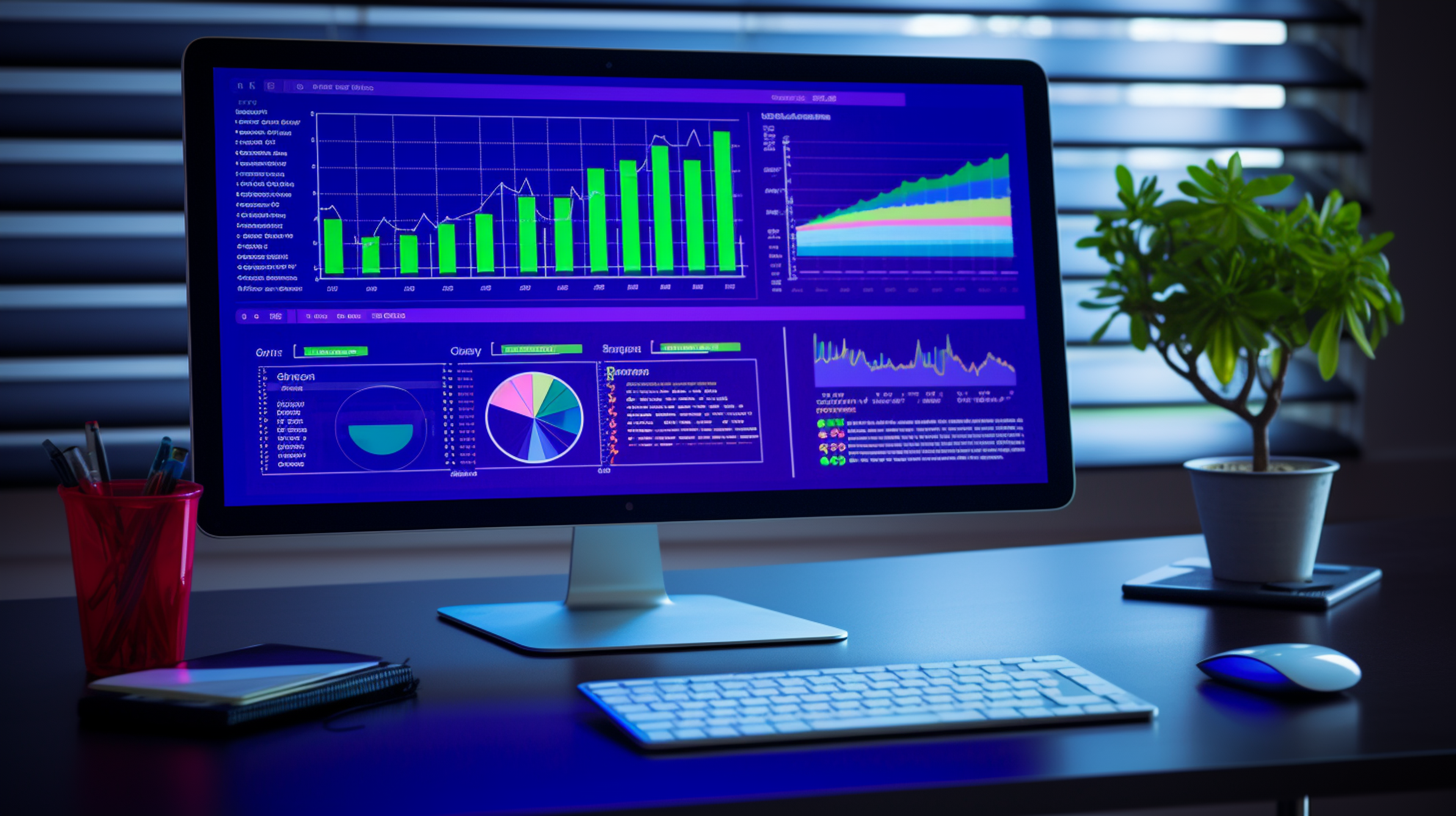Revealing What Is Ruled Out a Default Medium in Google Analytics
Wiki Article
Assuming Outside the Box: Leveraging Non-traditional Tools to Optimize Google Analytics Efficiency
In the world of electronic advertising and marketing, the quest for boosted Google Analytics performance has become a tactical vital for organizations seeking to fine-tune their online presence. Standard approaches often drop short in catching the full spectrum of client communications and behaviors. By exploring unique mediums as avenues of data collection, a brand-new realm of possibilities emerges. These uncharted regions supply a wealth of untapped insights that might potentially reinvent the means we understand and enhance our digital techniques.One-of-a-kind Information Sources

CRM systems, for instance, can give insights into individual customer interactions, acquisition background, and choices, which can be incorporated with Google Analytics information to produce more tailored advertising methods. Social network systems use useful information on customer demographics, interests, and involvement metrics, enabling organizations to gauge the efficiency of their social media sites projects and optimize web content for better performance. Email advertising information, including open rates, click-through rates, and conversion metrics, can likewise be leveraged to track user involvement and habits beyond internet site interactions captured by Google Analytics. By leveraging these special information resources, organizations can fine-tune their methods, enhance targeting efforts, and boost total Google Analytics efficiency.
Social Network Insights

Additionally, social media analytics tools make it possible for services to track vital performance indications, monitor campaign effectiveness, and measure the effect of their on-line tasks. Recognizing the demographics of fans, identifying popular content themes, and examining involvement degrees can assist businesses customize their marketing approaches for better results.
Offline Advertising And Marketing Integration
Integrating offline advertising and marketing methods with digital analytics can enhance total campaign efficiency and offer a much more extensive understanding of consumer actions. what is not considered a default medium in google analytics. By linking the void between online and offline initiatives, companies can track the impact of traditional marketing networks such check my reference as print ads, click for more info television commercials, direct-mail advertising, and events on their online existence
Additionally, applying call radar for offline advertising and marketing activities makes it possible for companies to record beneficial information on client inquiries created with printed promotions or materials (what is not considered a default medium in google analytics). By evaluating telephone call data together with on-line metrics in Google Analytics, organizations can gain much deeper insights into the customer journey and enhance advertising and marketing methods for enhanced efficiency throughout all networks
IoT and Wearable Modern Technology
Making use of IoT and wearable modern technology in digital analytics can change data collection and customer understandings for businesses seeking a deeper understanding of user habits patterns. These ingenious technologies offer a seamless way to collect real-time information from numerous touchpoints. IoT devices can track user communications with solutions or products, offering useful details on usage patterns and preferences. Wearable innovation, such as smartwatches or health and fitness trackers, can supply insights into individual activities, wellness metrics, and even area information.Gamification Strategies
The execution of gamification approaches in electronic analytics offers an innovative technique to boosting user involvement and driving actionable understandings for businesses. By integrating game-like elements such as points, badges, leaderboards, and awards into the analytics interface, companies can motivate users to communicate more frequently and meaningfully with the information.Gamification urges customers to explore different features of the analytics platform, discovering beneficial understandings that may have or else gone unnoticed. With interactive difficulties and progress tracking, users are incentivized to delve deeper right into the information, causing increased time invested in the system and a greater likelihood of finding essential patterns or patterns.
In addition, gamification can promote a feeling of competitors amongst customers, stimulating them to make every effort for greater efficiency and engagement levels. This affordable spirit can drive raised customer adoption prices and a much more detailed use of the analytics devices offered. Inevitably, by leveraging gamification approaches in digital analytics, businesses can produce a much more efficient and engaging atmosphere for customers, resulting in more enlightened decision-making and enhanced overall performance.
Verdict
Finally, leveraging unconventional mediums such as one-of-a-kind information resources, social media insights, offline advertising and marketing assimilation, IoT and wearable technology, and gamification techniques can maximize Google Analytics performance. By believing outside package and checking out these different resources of information, businesses can obtain useful insights and improve their overall marketing techniques. It is vital for companies to continuously explore new ways to gather data and examine it in order to stay ahead in you can find out more the ever-evolving electronic landscape.By integrating information from sources such as client partnership management (CRM) systems, social media platforms, and email advertising campaigns, companies can obtain a much more comprehensive understanding of their target market habits and interaction patterns. Social media systems provide important data on individual demographics, rate of interests, and involvement metrics, permitting companies to gauge the effectiveness of their social media projects and optimize material for better performance. By leveraging these special information sources, organizations can improve their approaches, boost targeting initiatives, and boost total Google Analytics efficiency.
Exploring social media understandings can provide businesses with useful information on individual demographics, rate of interests, and involvement metrics, permitting for informed decision-making and calculated optimization of marketing efforts. By assuming outside the box and checking out these alternative sources of information, services can obtain useful understandings and boost their total marketing strategies.
Report this wiki page